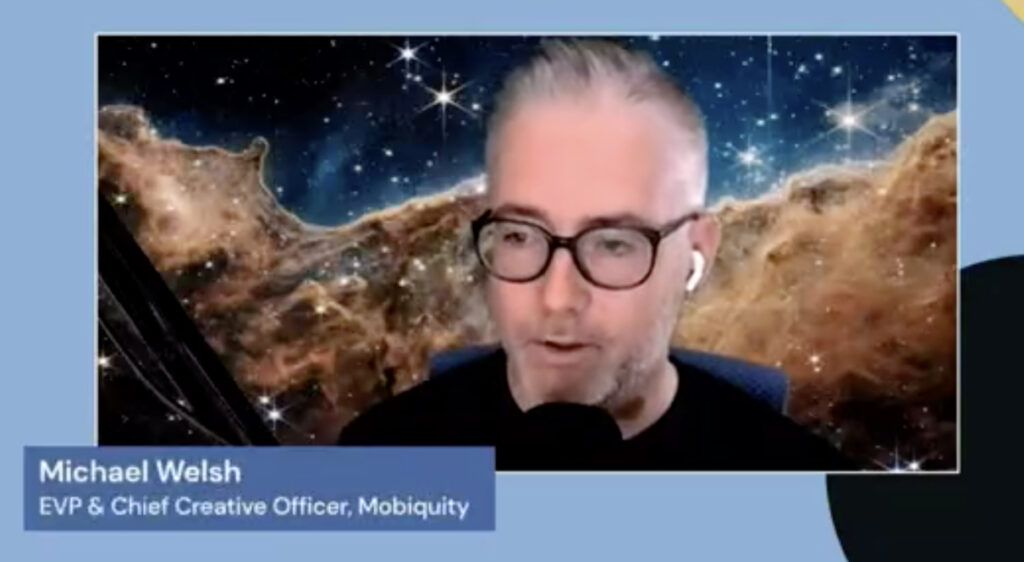For IT leaders, one of today’s biggest challenges is orchestrating the many touchpoints your organization offers consumers, such as voice, text, video, apps, website, social media, and in-person engagement. So, it’s a valuable exercise to check on how your customers experience each of these varied channels. Where are the friction points that could turn off consumers and where are the opportunities to deliver a great customer experience (CX) that separates you from the competition?
Mike Leone, senior analyst at Enterprise Strategy Group, (ESG) hosted a recent BrightTalk webinar with Michael Welsh, chief creative officer at Mobiquity, on “Rethinking Customer Experience: Understanding User Needs.” Leone noted that users’ continue to demand more and more personalization from brands and organizations and are likely to look elsewhere if they have a negative experience.
“Our research shows that 47 percent of brands say their most important business objective driving digital transformation is providing a better and more differentiated customer experience,” said Leone. “But that’s getting harder to do, as CX covers so many touchpoints. So you need to find out the moment of differentiation – when a consumer makes a preference of a purchase choice.”

Break out of the noise
When looking to overcome these CX challenges, organizations need to “get above the noise,” said Welsh. That means finding a way to simplify, accelerate or personalize those key moments in a customer’s journey.
For instance, a retail store could offer a concierge service when someone comes in to pick up an online order. Conversely, a smartphone app could make it easier for a consumer to drop off a return, rather than waiting for an in-person acknowledgement, Welsh said.
“Consumers use their phone as a remote control for everything in their lives,” Welsh added. “So things today happen in milliseconds, and one mistake can cost you tons of lifetime value.”
But recognizing the issue is just the start of the discussion, Welsh added. When looking at new ways of interacting with customers or activating new revenue streams, organizations need the support of a scalable cloud infrastructure along with customization required to take a digital brand to the next level.
“Research drives innovation, so you want your team to stay curious and focused,” Welsh added. Think about the device, the meta information and the physical situation surrounding consumers as they make their choices.
For example, Welsh cited Mobiquity’s work with Otsuka America Pharmaceutical, Inc., on aligning mental health medications and conversations with psychologists and psychiatrists through digital channels. “We focused on what is important for someone struggling to have a good day,” he added. “In this case, patients can help themselves, use the phone and create a better experience.”
For the Wawa gas station/convenience store chain, having a robust app crucial for maintaining customer loyalty when COVID virtually halted in-store traffic. “Wawa has continue fostering the consumer experience in ways that deliver on its brand promise,” Welsh added.
So, whether you are planning a digital CX imitative or in the midst of a transformation, it’s vital to stay focused on the evolving desires of the user and be ready to adjust your plans if necessary. As Leone said, “CX transformation issues can take years to implement. If you run into obstacles along the way, just remember what you want to achieve, and keep talking with your team about how to get there.”
